Russian Nuclear Forces: Mace
The debate, of course, is about the future of Russia's strategic nuclear forces, in which many are not without reason inclined to see the main guarantee of the state sovereignty of our country. The main problem that exists today is the gradual elimination of old Soviet ICBMs that could carry several warheads at once. This applies to missiles R-20 (ten warheads) and UR-100H (six warheads). They are being replaced by the solid-fuel “Topol-M” mine and mobile-based (one warhead per missile) and the RS-24 “Yars” (three warheads). If we take into account that new missiles come into service rather slowly (there are only six Yars adopted), the future is not very bright: in the Strategic Missile Forces in expanded form there will be less and less carriers and especially warheads. The current START-3 treaty gives Russia the right to have up to 700 deployed and 100 non-deployed carriers and up to 1550 deployed warheads, but in the current state of affairs there are big doubts that after writing off all the old missile technology, such indicators for our country will be achievable even taking into account the sea and aviation components of the nuclear triad. Where to get so many new missiles?
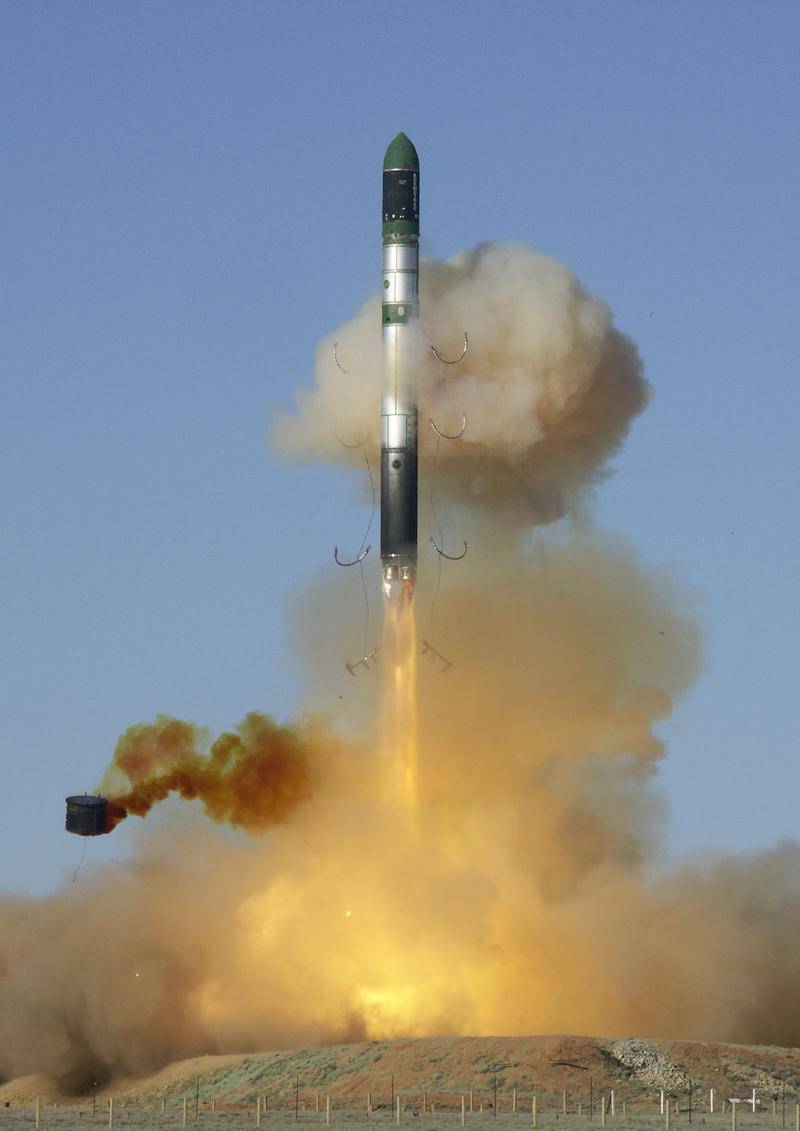
The PC-20 rocket, also known as the P-36M and Satan, became the apotheosis of the Soviet school of developing heavy ICBMs. The rocket was created in the Dnepropetrovsk Yuzhnoye design bureau, where all engineering documentation and production facilities related to the rocket remained to this day. The mass drop rate for this two-stage mine-based missile is 7300 kg. Mortar start from the launch container.
Relevance of choice
The topic of comparative advantages and disadvantages of liquid and solid propellant rocket engines is also very debatable, and there are two reasons for this. The first is the future of Russian SLBMs and, in general, the maritime component of the nuclear triad. All the SLBMs currently in service have been developed at the Makeev center (Miass), and all of them are built according to a liquid scheme. In 1986, the Makeevans began work on a solid-fuel Bark SLBM for SSBNs of the Borey 955 project. However, in 1998, after an unsuccessful launch, the project was closed, and the topic of a solid-fuel offshore rocket was transferred to the Moscow Thermal Engineering Institute, as was said, to unify the product with Topol-M. "Topol-M" - the brainchild of MIT, and the experience of creating solid-fuel rockets in this company was. But what MIT did not have was experience in designing an SLBM. The decision to transfer the maritime theme to the land-based design bureau is still puzzling and controversial among the military-industrial complex, and, of course, everything that happens around the Bulava does not leave indifferent representatives of the Makeyev Center of Culture. Makeyevtsy continued successful launches of their “Sinevy” (R-29RMU2), built, of course, at the LRE, and solid-fuel Bulava only this summer conducted the first and successful launch from the standard SSBN of the 955 project. As a result, the situation is approximately as follows: Russia has a reliable liquid-based Sineva SLBM, but no one is going to build submarines of the 667BDRM project under it. On the contrary, for a lighter Bulava, which only barely showed signs of stable work, one Borey RPK (Yuri Dolgoruky) has already been built, and in the next six years seven more submarines of this class will appear. Intrigue added the May launch of a new Makeevsk development - the Liner SLBM, which, according to unofficial information, is a modification of the “Sinevy” with a modified head part and is now capable of holding about ten low-power warheads. “Liner” was launched from the board of the K-84 “Ekaterinburg” SSBN - and this is the boat of the same 667BDRM project on which the “Sineva” is based.
Liquid rocket engine (LRE) - a very complex machine. The presence of a fuel supply system (including moving elements) in it, on the one hand, facilitates the control of a rocket, and on the other, it places high demands on reliability.
Nostalgia for "Satan"
There is one more reason why the “LRE vs. RDTT” theme was in the spotlight. This year, the General Staff and a number of representatives of the military industrial complex made semi-official statements about their intention to create a new ground-based heavy rocket at the LRE by 2018, apparently based on the developments of Makeyev GRTS. The new carrier will become a classmate gradually leaving in history complex PC-20, nicknamed in the West "Satan". A heavy split-head rocket will be able to receive a significant number of warheads, which would help to cope with a possible future shortage of launch vehicles for nuclear weapons. In unison, the General Staff on the pages of the press was made by the honorary general designer of the NPO Mashinostroeniya, Herbert Yefremov. He proposed to restore cooperation with the Dnipropetrovsk Yuzhnoye Design Bureau (Ukraine) and “repeat” both stages of the Р-20 (Р-362M) at their production facilities. For this time-tested heavy base, Russian designers would be able to supply new warhead dilution units and a new control system. Thus, both ground and sea Russian ballistic missiles on a solid propellant rocket motor device have a promising liquid fuel alternative, even if it is real in one case and very hypothetical in the other.
RDTT: line of defense
The relative advantages and disadvantages of LRE and RTDT are well known. Liquid engine is more difficult to manufacture, it includes moving parts (pumps, turbines), but it is easy to control the flow of fuel, easier control and maneuvering. A solid-fuel rocket is structurally much simpler (in fact, the fuel checker burns in it), but it is much more difficult to control this burning. The required thrust parameters are achieved by varying the chemical composition of the fuel and the geometry of the combustion chamber. In addition, the manufacture of the fuel charge requires special control: air bubbles and foreign inclusions should not penetrate into the charge, otherwise the combustion will become uneven, which will affect the load. However, for both schemes, nothing is impossible, and no shortcomings of solid propellant solid propellant engines did not prevent the Americans from making all their strategic missiles using a solid-fuel scheme. In our country, the question is posed somewhat differently: are our technologies for creating solid-fuel missiles sufficiently advanced to solve the military-political tasks facing the country, or is it better to turn to the old proven fuel-oil schemes behind which we have a decades-long tradition?
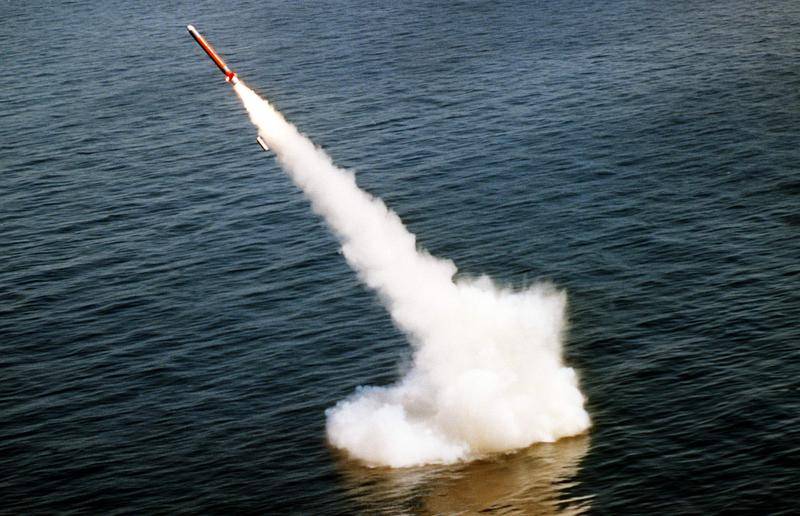
Modern solid rocket fuel usually consists of aluminum or magnesium powder (it plays the role of fuel), ammonium perchlorate as an oxidizing agent and a binder (like synthetic rubber). Binder also acts as a fuel, and at the same time a source of gases that act as a working medium. The mixture is poured into the mold, inserted into the engine and polymerized. Then the form is deleted.
Supporters of heavier liquid-propellant rockets consider the low mass to be cast as the main drawback of domestic solid-fuel projects. The Bulava also claims in range, the parameters of which are approximately at the level of Trident I, that is, the American SLBM of the previous generation. To this guide, MIT responds that the lightness and compactness of the Bulava have their advantages. In particular, the rocket is more resistant to the damaging factors of a nuclear explosion and to the effects of a laser weapons, has an advantage over a heavy missile in the event of a breakthrough of a missile defense system of a potential enemy. The decrease in the mass being thrown can be compensated by more accurate aiming at the target. As for the range, then to reach the main centers of any likely opponents it is enough, even if you shoot from the pier. Of course, if a target is too far, the SSBN can approach it. Defenders of solid-propellant rockets make a special emphasis on a lower trajectory of their flight and on a better dynamics, which makes it possible to reduce the active portion of the trajectory several times in comparison with the rockets on the LRE. The reduction of the active segment, that is, that part of the trajectory along which the ballistic missile flies with the main engines enabled, is considered important from the point of view of achieving greater stealth for the missile defense system. If, however, we allow the emergence of space-based strike weapons, which is currently prohibited by international treaties, but one day can become a reality, then, of course, the higher the ballistic missile goes up with the blazing torch, the more vulnerable it will be. Another argument of supporters of solid propellant rocket propellers is, of course, the use of a “sweet couple” - asymmetric dimethyl hydrazine as a fuel and diazoto tetraoxide as an oxidizer (heptyl-amyl). And although solid fuel incidents also happen: for example, at the Votkinsk plant, where Russian rockets are made on solid propellants, the engine exploded in 2004, the consequences of a highly toxic heptyl spill, say, on a submarine can be disastrous for the entire crew.
Maneuverability and invulnerability
What do liquid fuel traditions say in response to this? The most characteristic objection belongs to Herbert Efremov in his correspondence debate with the leadership of MIT. From his point of view, the difference in the active area between missiles with liquid propellant rocket engines and solid propellant rocket motors is not so great and not so important when passing a missile defense system compared with much higher maneuverability. With an advanced missile defense system, it will be necessary to significantly speed up the distribution of warheads on targets with the help of the so-called bus, a special breeding stage, which, changing its direction each time, sets the direction for the next warhead. Opponents from MIT tend to abandon the “bus”, believing that heads should be able to maneuver and be aimed at the target on their own.
Critics of the idea of the revival of heavy liquid-fuel rockets point to the fact that the likely successor of Satan will certainly be a silo-based rocket. The coordinates of the mines are known to the probable enemy, and in the case of an attempt to deliver a so-called disarming strike to the missile deployment site, they will undoubtedly be among the priority targets. However, it is not so easy to get into the mine, and it is even more difficult to destroy it, despite the fact that, for example, Topol-M mobile complexes, which are slow-moving and moving across open areas in a strictly defined area, are much more vulnerable.
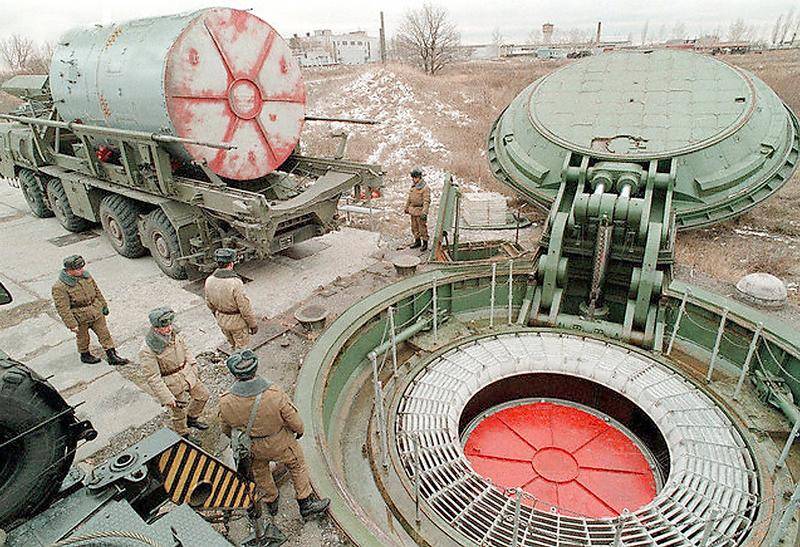
Mine-based missile replacement. Technique is not eternal, especially this one, on which too much depends. Strategic nuclear forces have to be updated. Nowadays, light single-piece solid fuel "Topol-M" is installed in the mines instead of the monsters of the era of the "cold war" who used 6 − 10 warheads. One rocket - one warhead. Now about five dozen Topol-M are deployed in the mine version. Constructive development of Topol-M - the Y-rocket R-24, although it can hold three warheads, exists only in a mobile version and in unit quantities.
The problem of poisonous heptyl is now being solved by ampulling rocket tanks. However, heptyl, for all its fantastic toxicity, is unique in its energy density fuel. In addition, it is very cheap, because it turns out as a by-product in chemical production, which makes the “liquid” project more attractive from an economic point of view (as already mentioned, solid fuels are very demanding to the process, and therefore very expensive). Despite some demonization of UDMH (heptyl), which in public consciousness is associated exclusively with military projects and possible environmental disasters, this fuel is used for quite peaceful purposes during the launch of heavy Proton and Dnepr rockets, and it has long been completely safe to work with it, how it works with many other industrial substances. Only the recent accident with the progress of cargo Progress over Altai, carrying cargo of heptyl and amyl on the ISS, once again slightly damaged the reputation of asymmetric dimethyl hydrazine.
On the other hand, it is unlikely that the price of fuel is of fundamental importance in the operation of an ICBM; after all, ballistic missiles fly extremely rarely. Another question is how much it will cost to create a heavy carrier, despite the fact that the Bulava has already swallowed up many billions. Obviously, cooperation with Ukraine is the last thing that our authorities and the military-industrial complex will do, because no one will abandon such a serious matter to the will of a volatile political course.
The question of the future components of Russian strategic nuclear forces is too close to politics to remain a purely technical matter. Behind the comparison of concepts and schemes, the controversy in power and in society, of course, is not only a comparison of rational considerations, but also conflicts of interests and ambitions. Of course, everyone has their own truth, but I would like the public interest to prevail. And how it will be provided technically, let the experts decide.
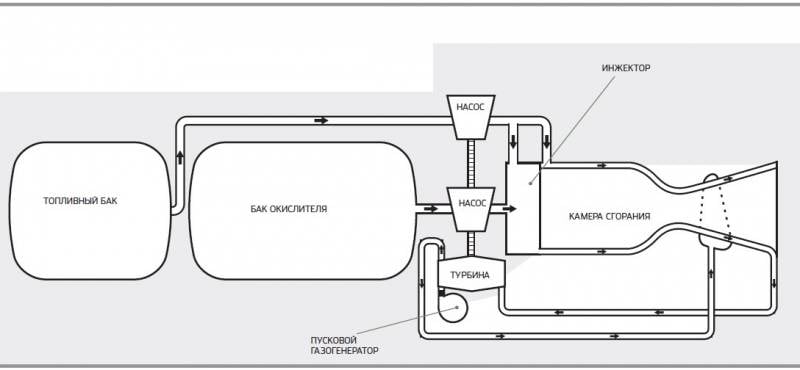
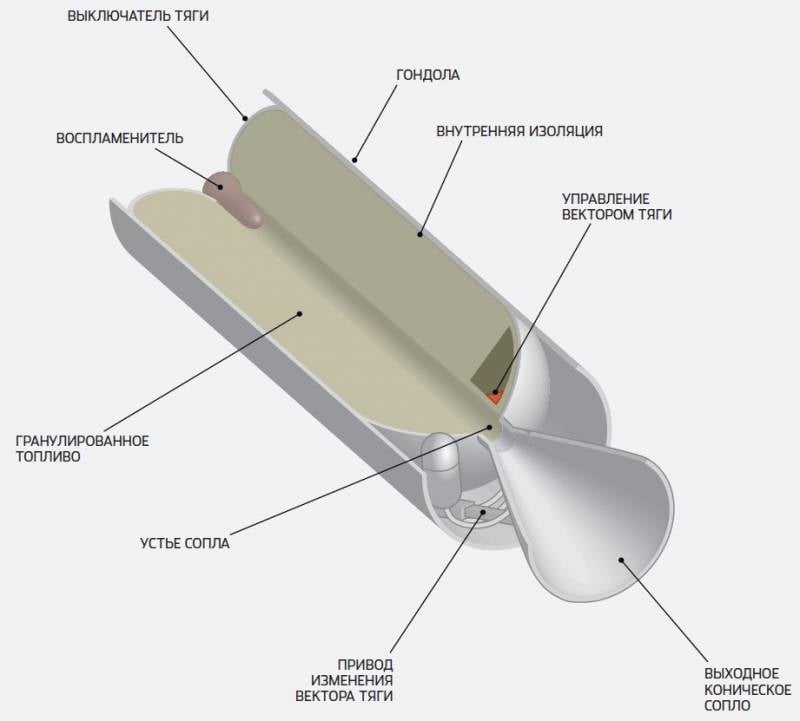
Information